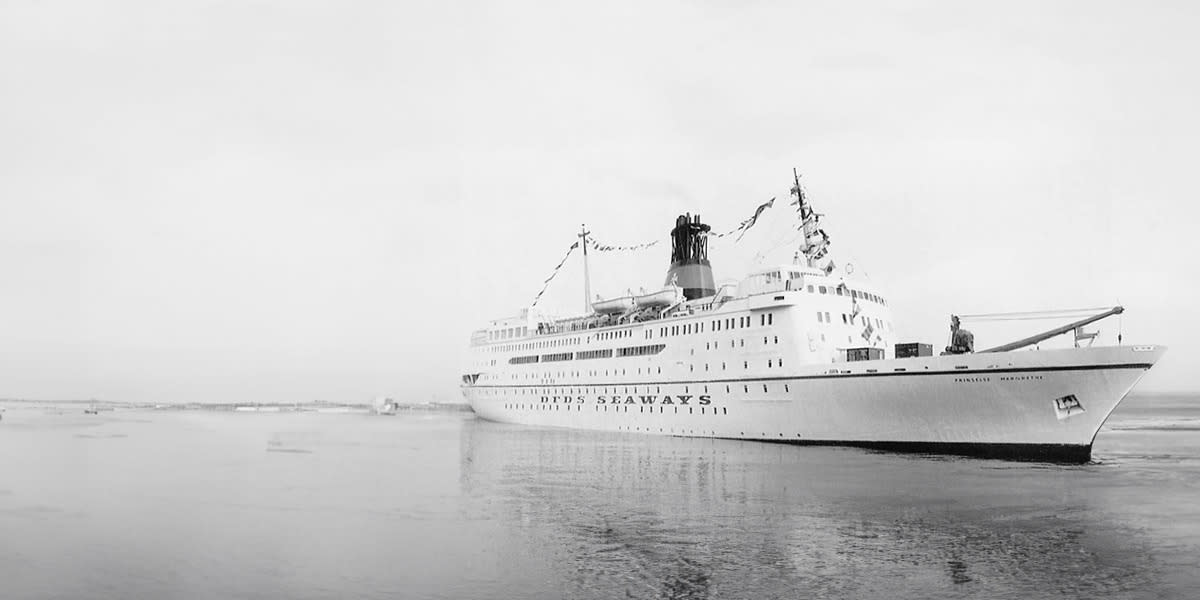
Our Rich Heritage
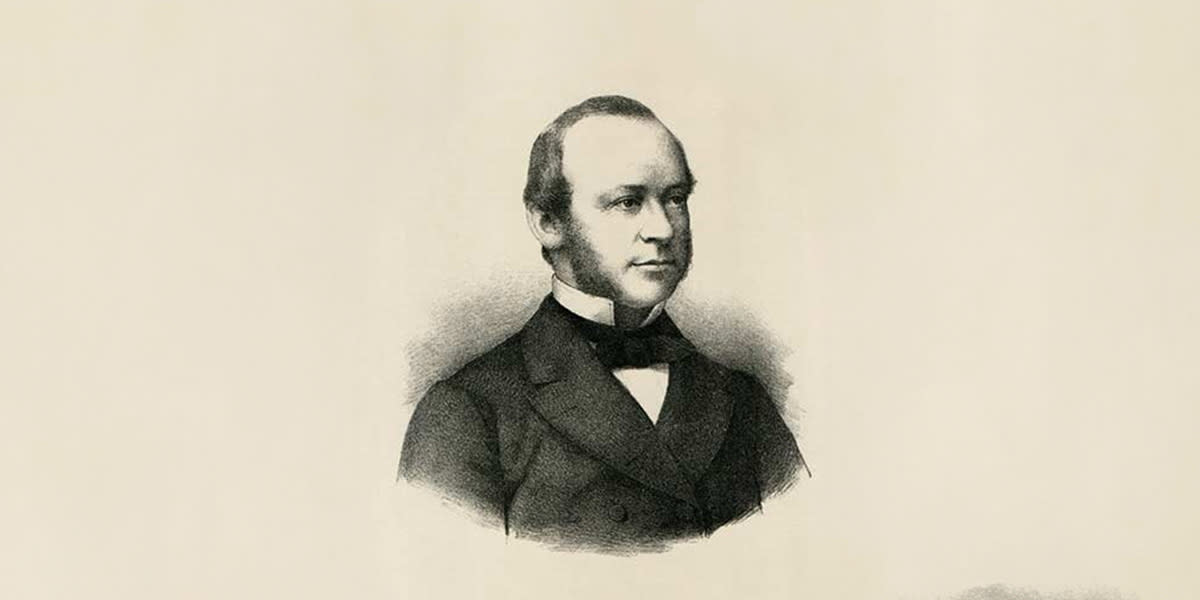
Moving for all to grow, since 1866
Our story began with Danish financier Carl Frederik Tietgen and his merger of three Danish shipping companies to form DFDS. This was when ships were steam-powered, navigation was by maps, stars and primitive compasses, and when very few people travelled for pleasure.
So much has changed! Yet all the while, DFDS’s growth, success and longevity has been built on embracing technological advance, being adaptable and pragmatic, and continuously identifying ways to do things better.
Perhaps crucially, it’s also due to an understanding and appreciation of people – as partners, colleagues and fellow travellers.
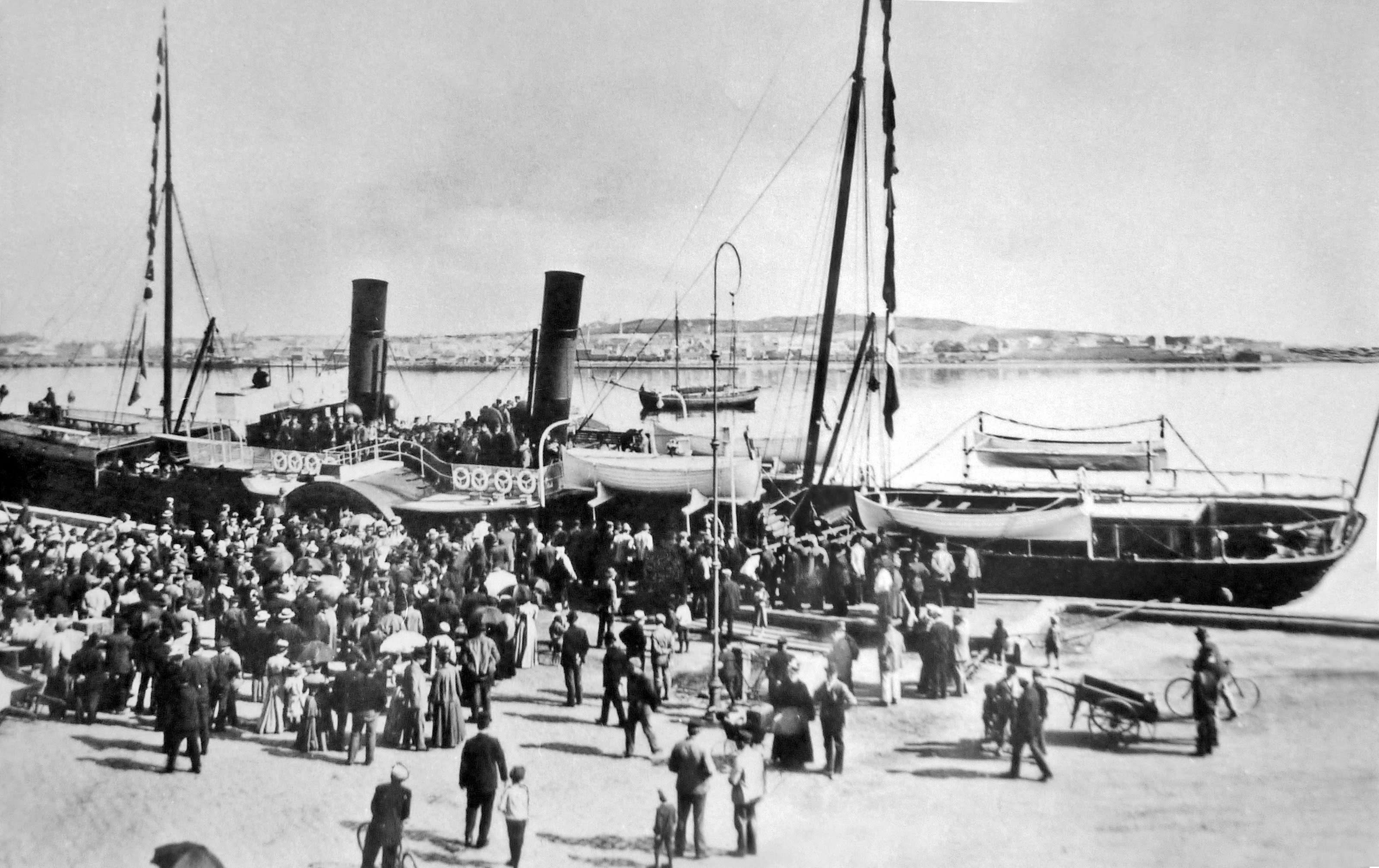
In the beginning…
In creating DFDS in 1866 by merging three Danish shipping companies, C.F. Tietgen could support the exponential growth of international trade in the wake of frantic Western industrialisation.
Within just 15 years, at the close of the 1880s, DFDS was among the world’s largest ship-owning companies, supporting the export of products and coal from the UK to the textile industry, and to other energy-demanding markets in Scandinavia and beyond. By the turn of the century, a further acquisition established a trans-Atlantic line.

Navigating a turbulent, industrious Europe
DFDS continued to expand in line with the growth it helped to create. During both World Wars, DFDS supported allied war efforts, maintained vital supplies of food and coal to the displaced and needy. At the same time, it kept industries, jobs and people alive and well – despite the loss of 31 of its ships.
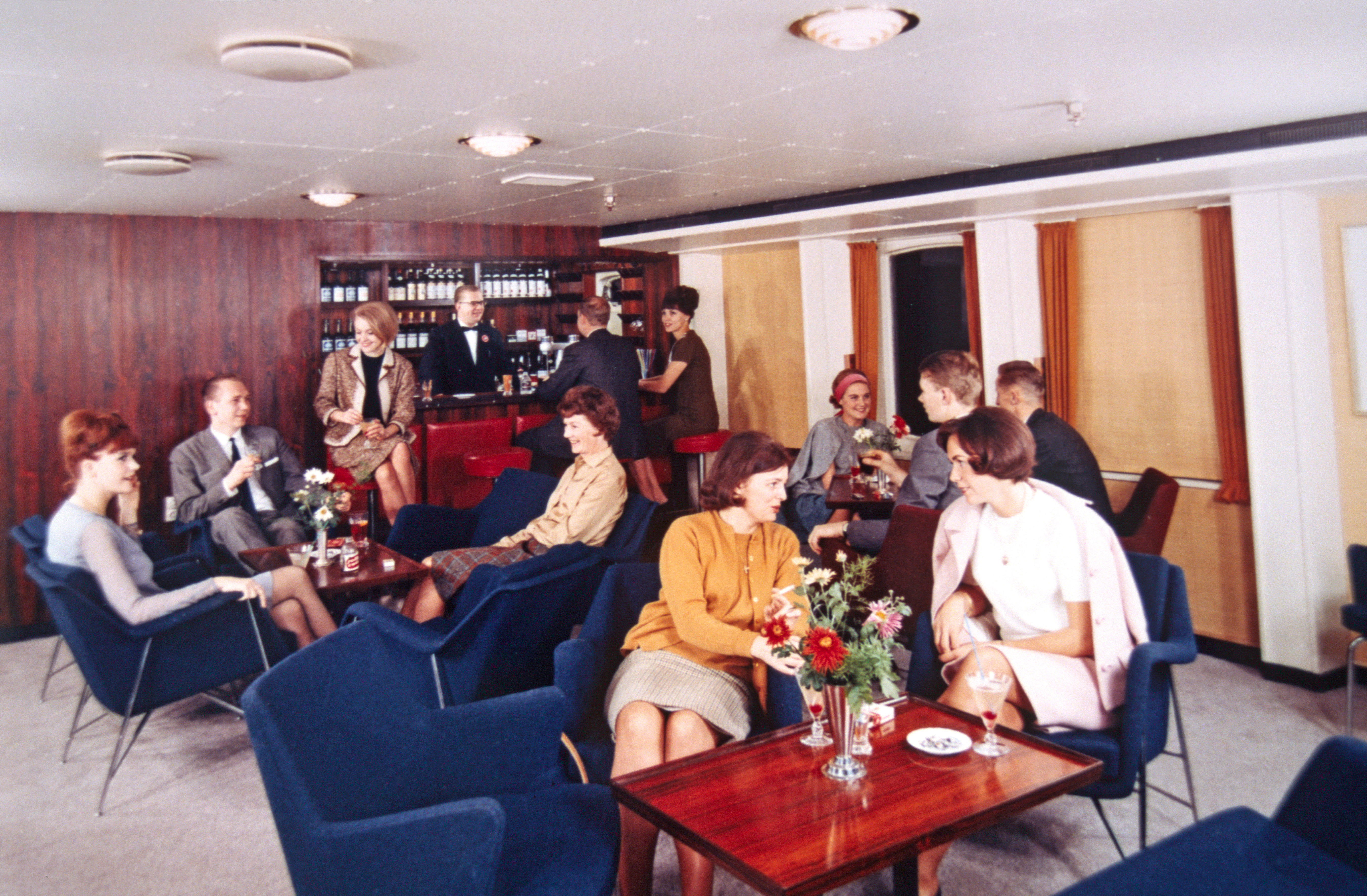
Peace and progress
Post-war, DFDS’ ships – many now powered by diesel engines – continued to move products and people all over the Western world, from the Mediterranean to Scandinavia, and from Iceland to the US. At the end of the 1960s, DFDS was the first to develop a RO-RO service, paving the way for the more efficient shipping of trucks and trailers carrying industrial cargo.
In 1965, the Transport Rationalization Department – later DFDS Transport – pioneered passenger-and-car routes with the Frederikshavn-Oslo route. At DFDS’ centennial the following year, its fleet comprised 13 passenger ships alongside 53 cargo vessels, 39 barges and four tugboats.

Journey and destination as one
The logistics side of things developed from 1972 onwards with the same purpose: connecting people and businesses, to encourage and sustain growth and success. At the same time, the surge in private car ownership prompted a keener focus on passenger lines with RO-RO facilities.
With travel for pleasure on the increase, and horizons broadening, DFDS began to transform the on-board experience to one of comfort and attentive service. The ‘floating hotel’ concept was born, and emphasis on the journey as integral to a superior holiday became central to the business’ success and reputation.
The rest, as they say, is history.
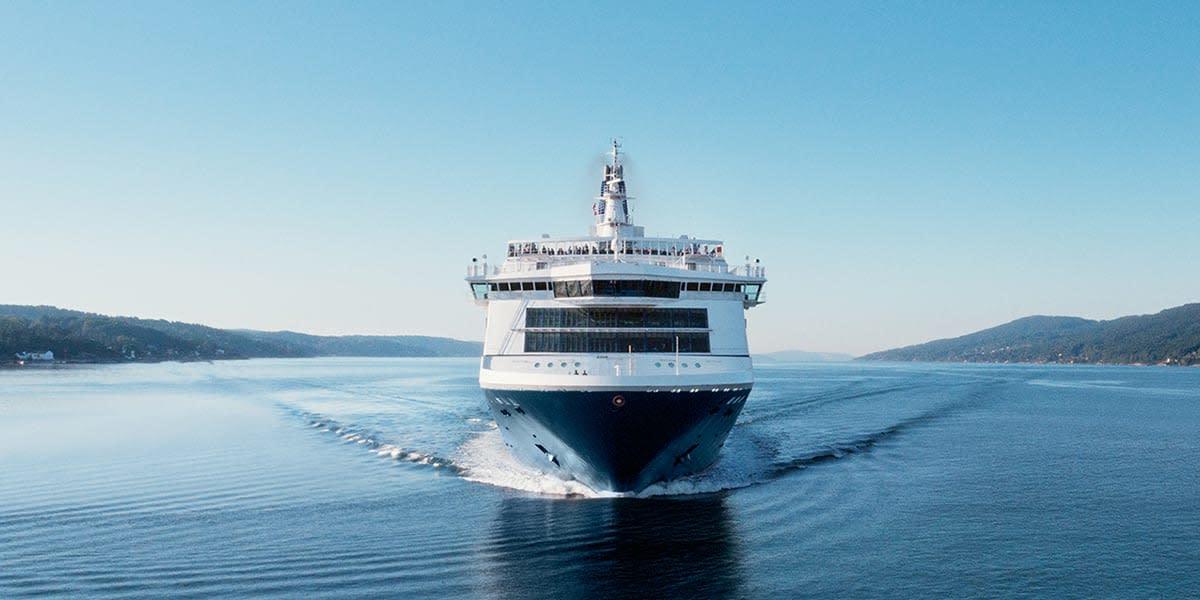
Looking to the future
Today and every day, DFDS continues to honour and fulfil the same purpose it launched with in 1866: We move for all to Grow.
Our ambition for the future is to become a greener and more sustainable business, for the sake of the planet, our passengers and the communities we are a part of.
Find out more about just some of the things we are doing to achieve that.
